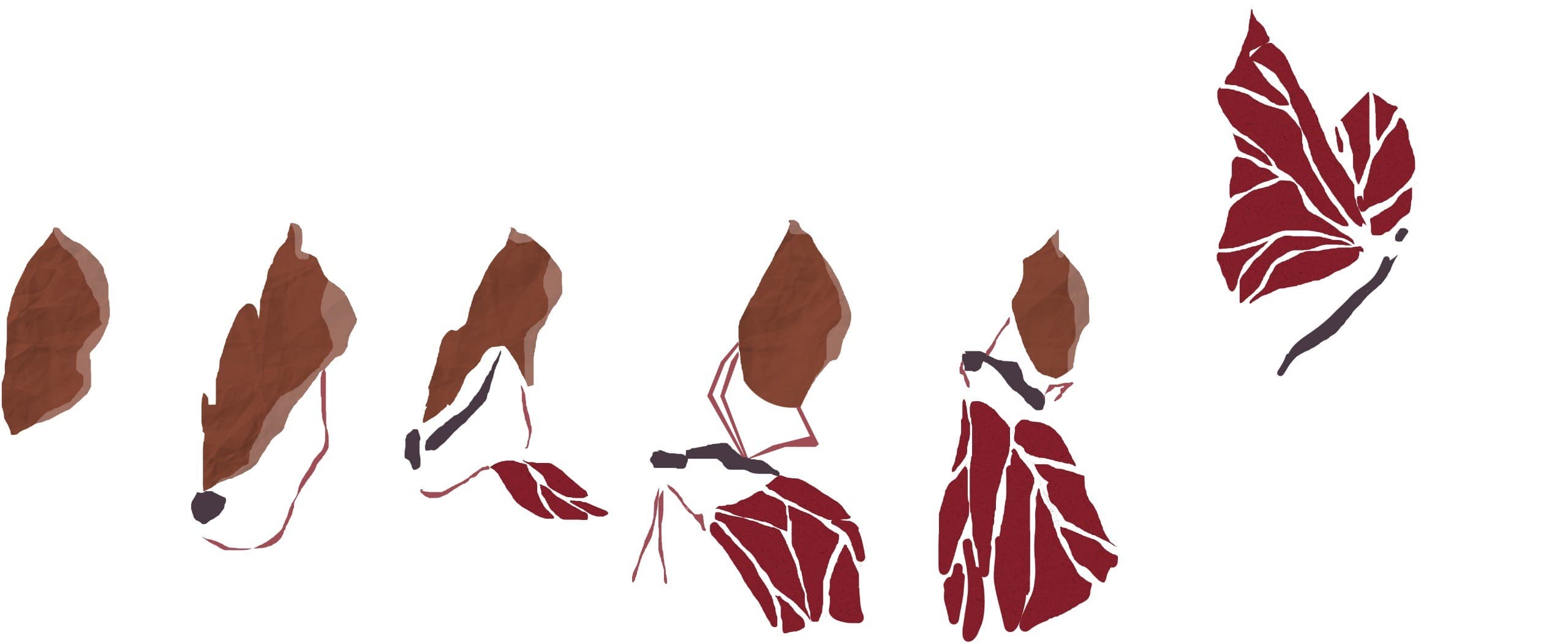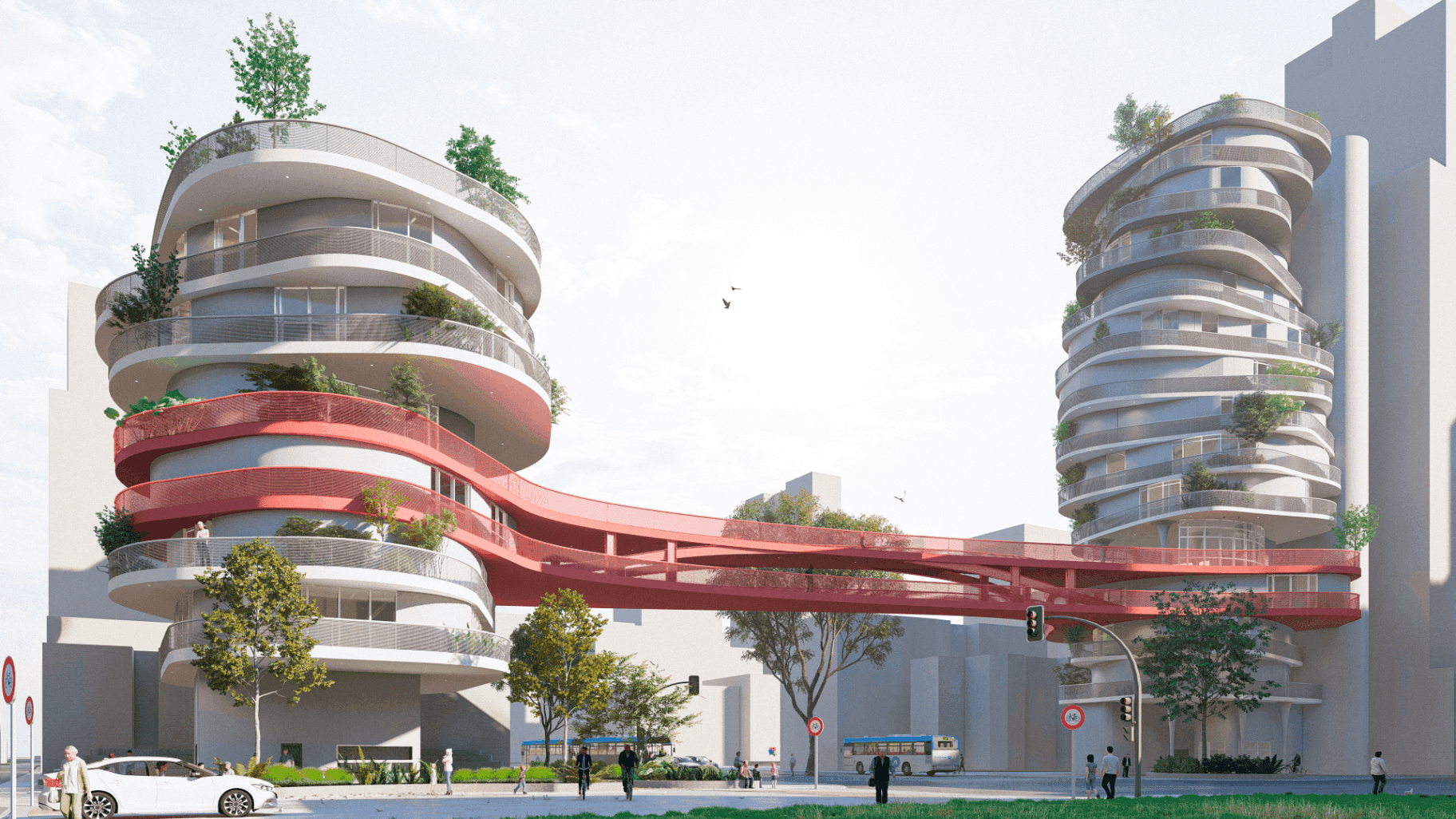

Morphe Pavilion
From the whispering echo of the inevitability of change emerges in Surrey, Canada, an ephemeral architecture capable of transcending its physical function to become an emblematic space of metamorphosis, innovation, and introspection, a poetic reminder that we are beings shaped by the constant dance of time and transformation.

Complex 1st of May
Team: Luca Augusto Corrêa Ana Clara Cavalcante Lucas Bernandes Maria Isabela Araujo Heitor Ribeiro Cynthia Nojimoto Ludmila Santos de Andrade Angelina Nardelli The main objective of the project is to provide qualitative social housing to the local community, and to support those who are experiencing homelessness. By promoting the interaction of the building with the urban infrastructure in the neighborhood in which it is located, the project centralizes the worker's residence, improving their quality of life. The program includes a complete support system with urban equipment, commerce, educational centers, community centers, health centers, and green areas, in other words, urban planning for the working class, combined with architecture. Typologies are created that meet the demands of diverse families while respecting the individuality and singularity of the users.

Woman´s House
Team: Luca Augusto Ana Clara Cavalcante Gustavo Zorzeto Caio César Isabela Drumond Caio Frederico e Silva Roberta Carolina A. Faria Women’s role in society is based on an unequal historical construction driven by men. However, both women and men are equally paramount in terms of collective survival. Female fertility also symbolizes the fertility of a people, whose biological cycles are associated with the natural cycles of the Earth. The nature, materialized by the Casamance river, which permeates the Tanaff valley, is an element of fertility, since it is an important inducer of socioeconomic development in this village. The river’s flowing waters signify hope, which is embodied in outcomes from the fields, nurtured, to a greater proportion, by the hands of women. Inspired by the nature of women, associated with the natural dynamics of the Casamance River, the project pursues the idea of bringing a Social River to the center of Tanaf. Therefore, the building seeks to embrace encounters between diverse folks through cultural exchanges and knowledge cultivation. This Social River, embodied in the Women's House, symbolizes a place of welcome, development and empowerment, given its ability to support women who have suffered some kind of violence, to train women for the job market and to stimulate debates about gender equity. While the Casamance River tears through the natural landscape, this building seeks to disrupt the local political landscape built by a patriarchal and macho society. This house opens space for women's insertion in the political, administrative and economic sectors, or any other space where they want to occupy. Moreover, its organic and sinuous shape creates environments that favor the democratic gathering of female diversity and,at the same time, unveils, through its curves, the rise of gender equity in the region.